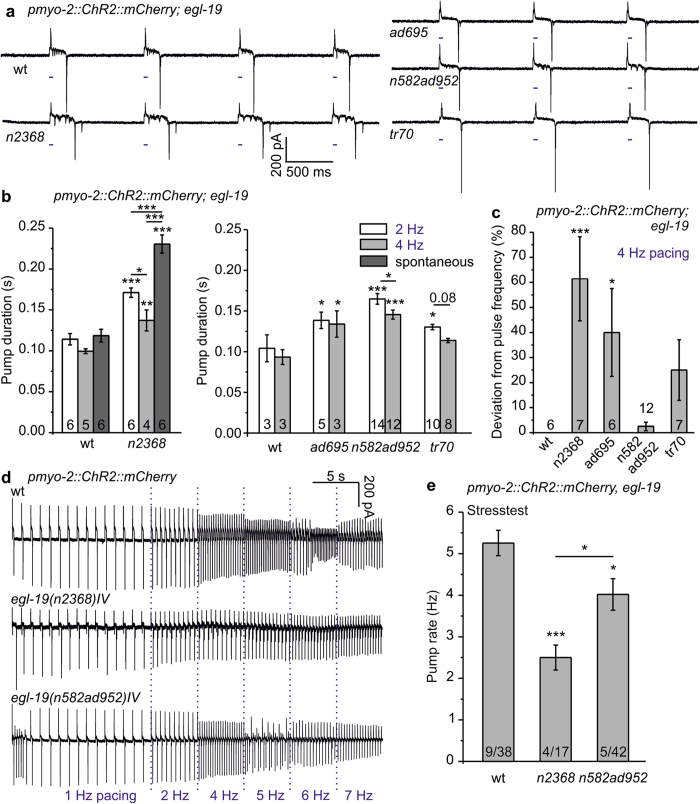Figure 5. EGL-19 L-type VGCC mutants affect pump parameters and pacing ability of the optically paced pharynx.
(a) Comparison of EPG recordings of 1 Hz optically paced egl-19 mutants and wild type (wt). Light pulses are indicated by blue tick marks. (b) Group data of pump durations (mean ± s.e.m.; n = 3–10 pharynxes, as indicated in each bar) in pharynxes of egl-19 alleles, paced at 2 Hz or 4 Hz, as indicated, and compared to wild type (wt) pump durations. Left panel shows recordings of allele n2368 with 10 ms pacing and exemplary spontaneous pump duration, right panel contains other alleles with 35 ms pacing. (c) Deviation of observed pharynx pumping from the pacing frequency, for the indicated fraction of the stimulation period, given in %, for wt and the indicated egl-19 alleles (n = 6–12 pharynxes, as indicated). (d) Maximum pump frequency determined from pacing stress test (optical stimulation: 1 Hz 15s, 2, 4, 5, 6, 7 Hz each 5s) of the indicated wt or egl-19 mutant pharynxes. (e) The mean maximal pump rate achieved in the stress test protocol is shown for wt, as well as the indicated egl-19 mutants (n = 4–9 experimental days and n = 17–42 pharynxes). Statistically significant differences (***P < 0.001; **P < 0.01; *P < 0.05) were determined by one way ANOVA with Fisher post-hoc test in (b,c,e).

